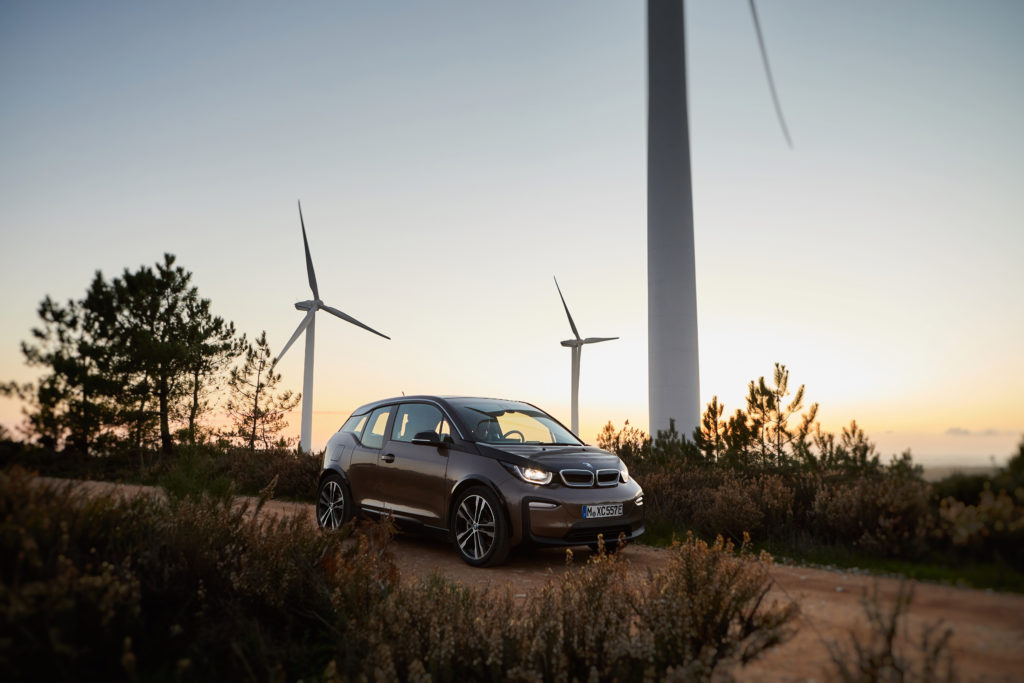
The idea of bidirectional charging—using the batteries of your EV to act as a storage device and buffer when connected to the grid—seems inherently simple, but companies and governments are still in the initial stages of testing real-world applications. Referred to more broadly as vehicle-to-grid or V2G, Denmark, Japan, and the U.K. have all launched and in some cases completed research projects, while the U.S. is also on the forefront with two major school bus manufacturers working on integrating the technology into their production fleets, which spend hours sitting overnight between use. Another effort has also been undertaken at the University of California, San Diego campus, under a pilot program called INVENT, which is funded by the California Energy Commission. This joint effort with hardware provider and technology developer Nuvve includes 50 V2G charging stations installed on the university campus, and a free nighttime EV shuttle service.
Now, BMW is jumping in alongside a number of German research agencies, a university, and a handful of private-sector hardware developers and transmission and distribution network operators. The effort is called the Bidirectional Charging Management (BCM) research project, and it’s going to start with a fleet of 50 i3 EVs equipped with the ability to back-feed power into the system. BMW has already put similar concepts into daily operation with its Power Pool, but unlocking the capacity of the global EV fleet represents another realm.
The benefits of using existing EV battery capacity by connecting it to power grids are numerous, and some might question why we’re only just now exploring its potential. The reasons why primarily relate to the absence of hardware and infrastructure, and the software balancing distribution remaining in its infancy. Even though practically using the concept to regulate and improve power grids as a whole is still some years out, the possibilities remain nonetheless exciting. Although one of the core ideas is to prioritizing charging when overall grid demand is low, V2G or BCM allows things to work in reverse as well. During times of high demand, unused and idle EV battery capacity can be used to buffer the grid and prevent fossil fuel-powered generators and plants from automatically kicking on to add capacity. It can work on the individual home level as well, and the potentialities only grow when solar-equipped homes are brought into the use case.—Alex Tock
[Photos courtesy BMW AG.]